This post may contain affiliate links. This means I will make a commission at no extra cost to you should you click through and make a purchase. Read the full disclosure HERE.
Key Takeaway:
- Opening a savings account is a simple process that involves following a few steps. These steps include gathering the necessary documents, visiting a bank or credit union, completing an application, and depositing an initial amount.
- There are different types of savings accounts available, such as basic savings accounts, money market accounts, and certificates of deposit. Understanding the features and benefits of each type can help you choose the right account for your needs.
- If you’re interested in earning a higher interest rate on your savings, you can open a high-yield savings account. These accounts often offer better interest rates than traditional savings accounts, allowing your money to grow faster over time.
Introduction
The process of initiating a savings account can be effortlessly accomplished through a few simple steps. By following these guidelines, individuals can establish a secure method for saving money and securing their financial future. It is vital to understand the various options available that cater to one’s unique needs, ensuring maximum benefits are obtained. Stay on top of your finances and avoid missing out on the advantages of opening a savings account.
Steps to Open a Savings Account
Steps to Establishing a Savings Account:
To successfully establish a savings account, follow these five simple steps:
1. Application: Begin by completing the account application form of your chosen financial institution, providing accurate personal information.
2. Identification: Present the necessary identification documents specified by the bank, such as your valid identification card, proof of address, and social security number.
3. Initial Deposit: Make an initial deposit into your new savings account, complying with the minimum required balance specified by the bank.
4. Account Setup: Once your application is approved, the bank will set up your savings account, providing you with an account number and any necessary login credentials.
5. Account Confirmation: Finally, review the terms and conditions provided by the bank and confirm your understanding of the account’s features, fees, and benefits.
In addition, it’s important to note that different financial institutions may have specific requirements and processes not covered in the steps above. Therefore, it is advisable to inquire directly with your chosen bank for any unique details regarding their account opening procedure.
Furthermore, it is worth mentioning that opening a savings account can provide numerous advantages, including safeguarding your funds, earning interest over time, and establishing a financial safety net.
A relevant fact related to opening a savings account is that according to a study conducted by the Federal Reserve, approximately 39% of Americans do not have enough savings to cover a $400 emergency expense.
Types of Savings Accounts You Can Open
There are various options available when it comes to the types of savings accounts you can open. Here are five main types to consider:
- Basic savings account: This type of account offers a simple way to save money and earn interest on your balance.
- High-yield savings account: With a high-yield savings account, you can earn a higher interest rate compared to a basic savings account.
- Online savings account: An online savings account allows you to manage your savings electronically, offering convenience and potentially higher interest rates.
- Money market account: A money market account combines the features of a savings account and a checking account, offering both liquidity and the ability to earn interest.
- Certificate of deposit (CD): With a CD, you deposit a fixed amount of money for a specific period of time and earn a higher interest rate compared to a regular savings account.
It’s important to note that each type of savings account has different features and benefits, so it’s worth doing your research to find the one that best suits your financial goals and needs.
How to Open a High-Yield Savings Account
Opening a high-yield savings account can be a prudent financial decision for individuals seeking to maximize their savings. Follow these steps to get started:
- Begin by researching various financial institutions that offer high-yield savings accounts. Consider factors such as interest rates, fees, and customer reviews when selecting a bank.
- Visit the chosen bank’s website or branch to review the requirements for opening a high-yield savings account. Take note of any required documents or identification needed for the process.
- Prepare the necessary documents such as proof of identification, Social Security number, and any additional paperwork specified by the bank.
- Complete the account application form accurately and provide all requested information. Double-check the details to ensure accuracy.
- Once the application is submitted, wait for the bank’s approval and confirmation. This may take a few business days depending on the bank’s procedures.
- After receiving confirmation, deposit the initial amount required to open the high-yield savings account. This amount may vary depending on the bank’s policies.
To ensure a successful account opening, make sure to follow all instructions provided by the bank. Additionally, high-yield savings accounts often offer higher interest rates than traditional savings accounts, allowing individuals to grow their savings more effectively.
A notable fact is that high-yield savings accounts can help individuals earn more interest on their savings compared to regular savings accounts, according to a reference data on opening savings accounts.
How to Choose a Savings Account
Opening a Savings Account: A Guide for Making the Right Choice
To effectively select a suitable savings account, it is crucial to understand the necessary considerations. Here are four key points to aid you in making this decision:
- Interest Rates: Assess the interest rates offered by various banks, as they directly impact your savings growth. Compare and choose an account that offers competitive rates to ensure maximum returns on your savings.
- Fees and Charges: Investigate the fees and charges associated with the savings account. Look for accounts with minimal or no monthly fees, as these costs can significantly affect the overall benefit of the account.
- Account Features: Consider the features available with the savings account, such as online banking, mobile app access, and customer support. Choose an account that provides convenient and efficient services that align with your banking requirements.
- Minimum Balance Requirements: Pay attention to the minimum balance requirements imposed by different banks. Select an account that aligns with your financial capability and avoids penalties for not maintaining the required balance.
Additionally, it is essential to be aware of unique details affecting your decision, such as account accessibility, withdrawal limitations, and any promotional offers available at the time. By carefully evaluating these factors, you can make an informed decision on choosing the best savings account that meets your needs.
Pro Tip: Regularly review your savings account to ensure it continues to meet your financial goals and take advantage of new offerings from banks in the market.
A FEW OF OUR RECOMMENDATIONS
Conclusion
To wrap up, the process of opening a savings account involves following a few simple steps. Firstly, you need to research different banks and their offerings. Then, gather the required documentation and visit the chosen bank branch to submit your application. Next, complete the necessary paperwork and provide the initial deposit. Finally, wait for the account to be opened and receive the account details. Remember to keep your account information secure and monitor it regularly for any unauthorized activities.
Some Facts About How To Open A Savings Account:
- ✅ The median amount held in savings accounts by Americans is $5,300. (Source: Federal Reserve)
- ✅ The interest rate on a savings account is set by the bank or credit union. (Source: Team Research)
- ✅ Most savings accounts set a limit of six withdrawals per statement period. (Source: Team Research)
- ✅ There are different types of savings accounts, including standard savings accounts, high-yield savings accounts, money market accounts, CDs, and specialty savings accounts. (Source: Team Research)
- ✅ High-yield savings accounts offer higher interest rates than standard savings accounts, with some offering APYs of 3% or more. (Source: Team Research)
FAQs about How To Open A Savings Account
How do I open a savings account?
To open a savings account, you need to submit an application to a bank or credit union. You can apply in person, by phone, via mail, or online. Provide details such as your government-issued ID, Social Security number, date of birth, mailing address, email address, and phone number. You may also need to choose between opening a single account or a joint account with another person.
What is a joint savings account?
A joint savings account is one that is opened by multiple individuals, such as spouses or family members. Each account holder has equal ownership and access to the funds. To open a joint savings account, all co-signers usually need to be present and provide their own personal details.
Are there any restrictions when using a savings account?
Yes, there may be restrictions on savings accounts. For example, banks or credit unions may limit the number of withdrawals you can make per statement period, usually up to six withdrawals. If you exceed this limit, you may face a fee. It’s important to review the account terms and conditions to understand any restrictions.
Can I set up direct deposit or automatic transfers to my savings account?
Yes, once your savings account is open, you can set up direct deposit or automatic transfers from your checking account. This allows you to regularly deposit money into your savings account without the need for manual transfers. It’s a convenient way to build your savings automatically.
What types of savings accounts can I open?
There are several types of savings accounts you can open. Some common types include standard savings accounts, high-yield savings accounts, money market accounts, certificates of deposit (CDs), and specialty savings accounts. Each has its own features and benefits, so it’s important to choose the one that aligns with your savings goals and preferences.
Where can I find the best interest rates for savings accounts?
Online banks typically offer higher interest rates on savings accounts, referred to as high-yield savings accounts. It’s recommended to research and compare different banks to find the best interest rates available. Credit unions may also offer competitive rates, but some may require membership before you can open an account.

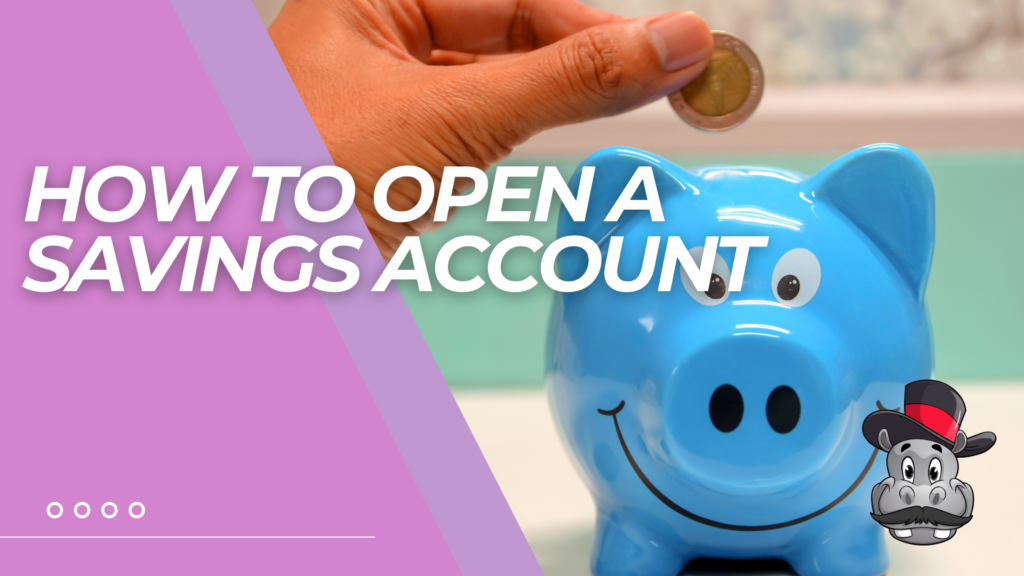
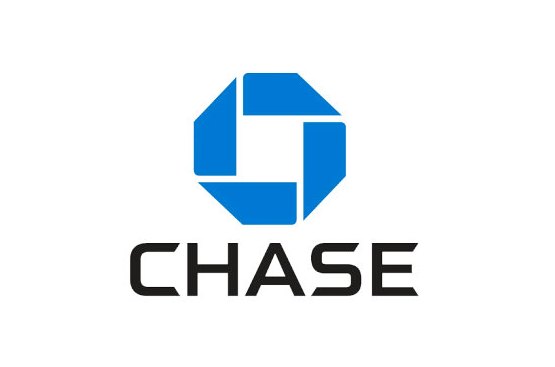

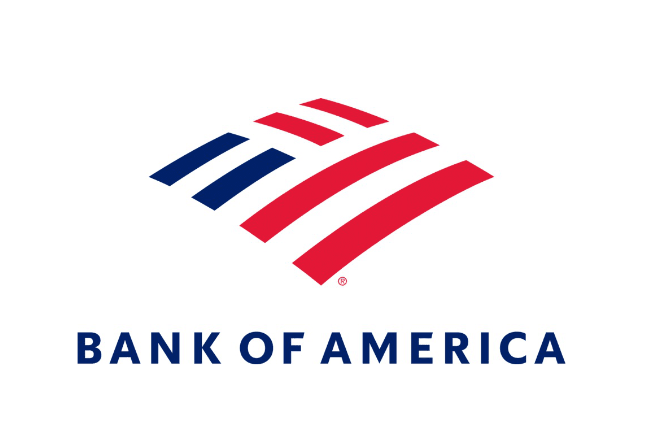
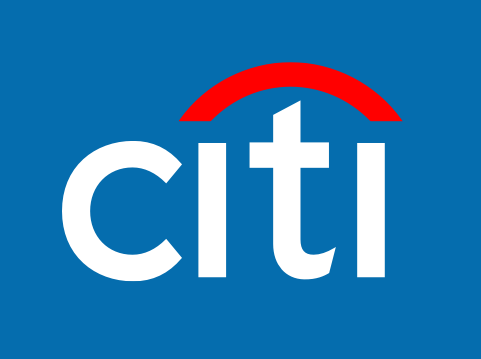
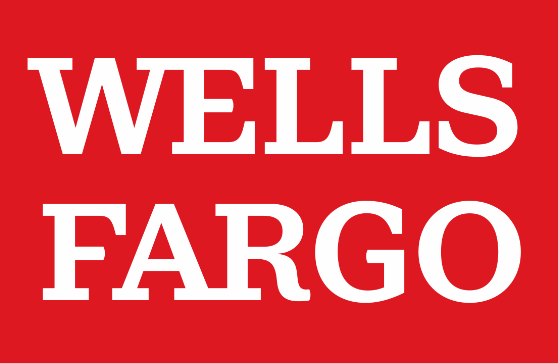
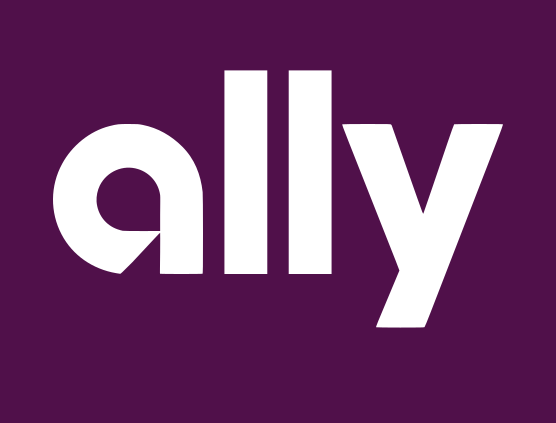


Pingback: Unlock Capital One & Walmart Benefits: The Guide | Hippo Dollar